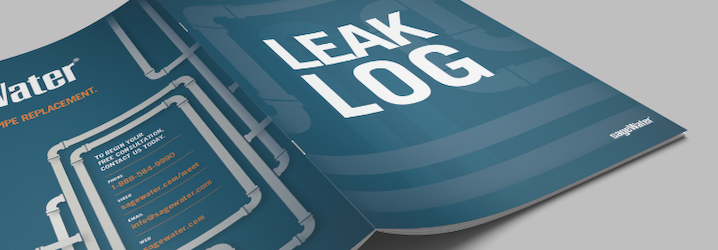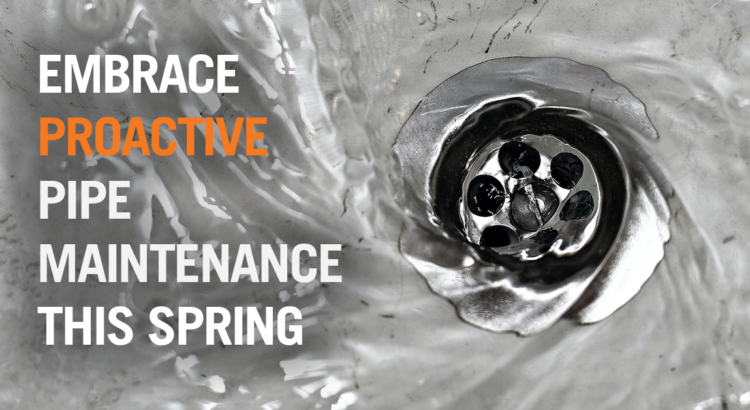While most pipe materials are designed to last as many as 30 to 50 years, many factors can influence that lifespan, including the quality of the water running within. Much like other systems within your building, the performance and longevity of your piping system also relies on proper maintenance. Leaks stemming from lack of maintenance and/or a lack of inspections can lead to catastrophic failures that can cost your team time and money while wreaking havoc on your company’s reputation and possibly even putting your residents’ health at risk.
Taking a proactive approach to your building’s pipes is a key step to avoiding these potential challenges. If you’ve yet to create an annual maintenance and inspection plan for your pipes, spring is an ideal time to start. Consider it an addition to your annual spring cleaning—an addition that can save headaches down the road.
A tracking system can make it easier to stay on top of your piping system’s health. A simple, checklist-style chart outlining regular and annual maintenance and inspection needs is simple to use and complete, and is easily replicable from year to year. It can also be combined with similar checklists for the rest of the building.
For multifamily properties, an annual piping system maintenance checklist should include:
- Exercise all of your valves regularly so when you do have an emergency, you know you can shut off the water quickly and not have a problem.
- Check your drain clean-outs and snake or hydrojet your drain lines regularly to help extend the life of your system.
- Filter changes.
- Schedule your coil cleaning/inspection.
- Ensure the fan coil valves work and fans run at proper speeds—slow, medium, high.
- Check thermostats and replace batteries if they are remote controlled.
- Test the auto vents for proper air bleeding.
- Inspect pipe insulation for cracks, splits, or tears. Replace any worn material.
- Inspect condensate drain lines to ensure they are free and clear of debris and that condensate drain pans are in good working order.
- If you have rain leaders that run through the building, check your roof drains to ensure they are free and clear of debris
- Send a reminder to your residents about their role in preventing pipe failures, including what items not to put down the drains to help prevent clogs and back-ups, and to be careful when hanging pictures or undertaking renovation projects so as to not to put a nail through a pipe or accidentally cut a water line. Along with annual reminders, these requirements should also be included in your information packet for new tenants or condo owners.
Track Your Leaks
When leaks do occur, be sure to document them using a Leak Log, as described in last month’s blog post. Tracking failures in the Leak Log can help you determine which problems are a one-off occurrence and which are systemic while also providing critical documentation for future budget and repair planning. (We’ve made it easy by creating a Leak Log template, which you can download here.)

Following these simple strategies can help you avoid early failures, identify current and potential problems, and eliminate neglect, a proactive approach that ultimately will help protect your investment, save your team headaches, and ensure the satisfaction of your residents.


